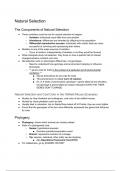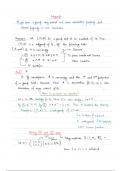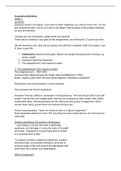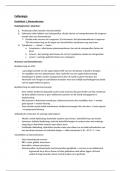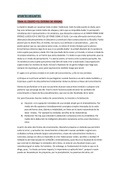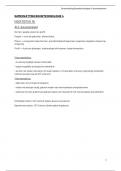Class notes
EEB390: ALL lecture notes!
- Course
- EEB 390
- Institution
- University Of Michigan - Ann Arbor
CUMULATIVE lecture notes for the class EEB390: Evolution at the University of Michigan. Notes were taken FA2023 under Prof. Stephen Smith.
[Show more]
